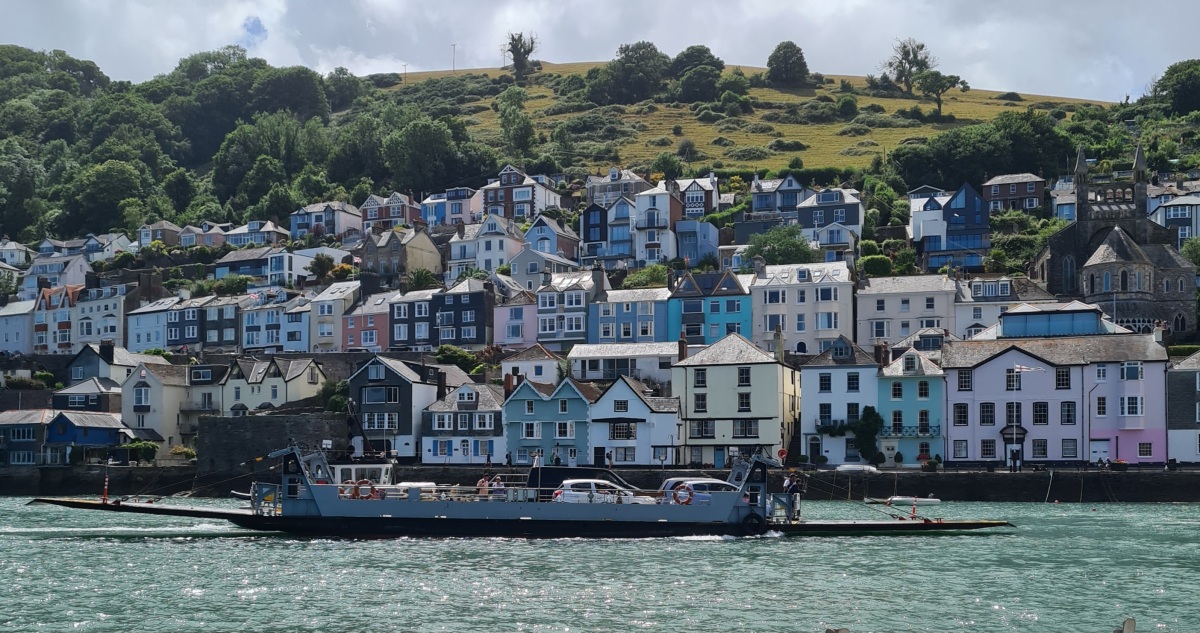Just when most yacht owners thought they had understood the impact of Brexit, the government has changed the rules on Value Added Tax, with expensive consequences for some.
Last year there were assurances that, after Brexit, a yacht that has been away from the UK on a long term cruise, typically a few years in the Mediterranean, would not have to pay VAT on returning.
Now it looks as if many will have to pay up, even if the boat was bought VAT-paid in the UK before it left – in other words, owners could find themselves paying VAT twice on the same boat. The second charge would be based on its market value at the time of its return.
Needless to say, cruising yacht forums are full of anger and anxiety, though this is not an issue that will get much sympathy anywhere else because yacht owners are not exactly an under privileged minority.
However, many are far from rich, living aboard on tight budgets for much of the year, often after retirement – ‘fulfilling their dreams’ as the yachting magazines love to put it – a far cry from the superyacht owners everybody hates (who in any case probably arrange their affairs so they do not pay European or UK VAT). And while it is very much a minority problem, how many other much more important parts of the economy are being hit by similar administrative chaos 10 weeks ahead of final departure from the EU?
Both the Royal Yachting Association and the Cruising Association are rather desperately seeking clarity from the government. The Treasury’s position seems to be that under EU rules we already charge VAT on a returning yacht after an absence of more than 3 years. It has decided this will continue to be part of the UK rulebook after Brexit.
But until now the practice has been to suspend the rule in many cases, by exempting private yachts that come back after more than 3 years, as long as they are under the same ownership and have had no substantial upgrades (eg a new engine). In these circumstances, the VAT charge has not been levied. The latest indications are that this concession may go.
Just as alarming for many people, the government has changed the point at which the clock starts on the 3 VAT-free years. Last year the RYA was told that a boat currently kept in an EU-27 country such as France or Greece would be treated as if it had left the UK at the point the UK itself finally leaves the EU ie at the end of the transition period on 31 December 2020. That would give a full 3 years to get back.
Now departure has been redefined as the point at which the boat physically left the UK. Any boat already kept abroad for more than 3 years will be liable to VAT if it returns to the UK after 1 January 2021. This led to howls of protest from the RYA and a promise that there would be an extra year – but no clarity about what that meant.
Would it allow a yacht that has already been abroad more than 3 years another year up to the end of 2021 to come home VAT free? Or would it just add one year to the 3 year grace period, so a yacht that has been away 4 years or less will not pay VAT after 1 January next year, but one that has already been away 4 years and a month will pay?
There’s another set of EU rules that make this even more onerous, if the UK imports them into its own post-Brexit system after we leave, as it seems to be doing with the 3 year rule.
Currently, as long as the importer of a yacht is not an EU resident, the yacht can be temporarily imported for up to 18 months without paying VAT. But if the importer is an EU resident, VAT becomes payable on arrival. (Nationality of the importer and registration country of the yacht are irrelevant – it is the country of tax residence of the importer that matters).
In the past, the UK has taken a tough line on this, with no grace period, though there has been at least one exception among EU countries – Greece in the past certainly allowed a month. If the rule is kept by the UK after Brexit, and applied strictly, it would be risky for a UK resident yacht owner to call in for a day at home in a yacht that has been abroad more than 3 years. The VAT would be chargeable immediately.
The rule seems to be aimed at stopping UK residents keeping their yachts VAT-free in tax havens such as the Channel Islands but using them in the UK – an obvious tax loophole if it were left open.
In fact Spring Fever was first registered in Guernsey in 1988. We have the VAT certificate to prove it was paid when the boat was imported into the UK a few years later, a vital document we guard carefully, especially in these new circumstances. With the first owner on the documentation shown as being a Guernsey resident, we may well be asked to prove VAT has been paid.
























